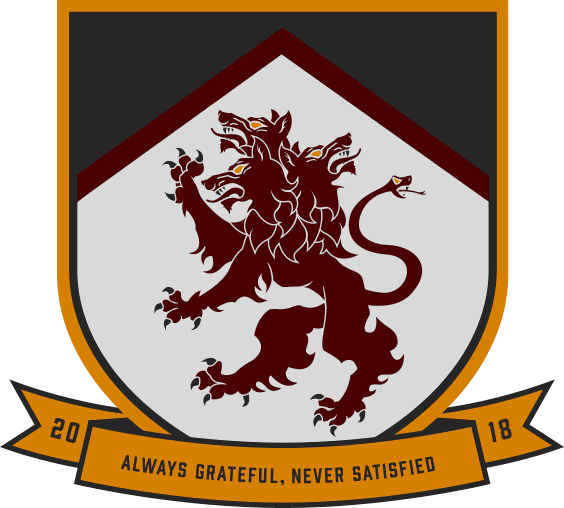Founded in 1904, camogie is a team field sport that is part of the Gaelic games’ family. It is often described as the women’s version of hurling, however slight differences do exist. Similar to American field hockey and lacrosse, the premise of camogie is for players to travel up the field using wooden sticks to drive a ball into a goal. Players use rounded sticks – called hurleys – to hit a small, leather ball–a sliotar–through both a soccer-style goal and football-style uprights to score points. Camogie is a natural extension of the men’s hurling community and remains the most popular female sport in Ireland today.
How long is a camogie game?
Games consist of two, 30-min halves with 15 players a side. Typically, American teams play 13 a side.
What are the positions?
Similar to other American field sports like lacrosse and field hockey, positions include 3 full-fowards, 3 half-forwards, 2 mid-fielders, 3 half-backs, 3 full-backs, and a goalkeeper.
How do players score?
If a team hits the ball between the two uprights, 1 point is awarded. If the ball goes in the net, 3 points are awarded.
How does the ball/sliotar travel up the field?
The sliotar can be caught in the hand and carried, struck in the air, or struck on the ground with the hurley. It can be kicked or slapped with an open hand (hand pass) for short-range passing. The ball must be picked up with the hurley (or foot), not by hand. Players are forbidden to move more than 4 steps with the ball in hand. To continue, they have to bounce the ball on the hurley and can then resume in hand for an additional 4 steps. Conversely, players can run for as long as they want while keeping the sliotar balanced at the end of hurley (the solo-run).
How is it different than hurling?
- No special rules apply to the goalkeeper. Thus, field players and goalkeepers wear the same jersey.
- A camogie player can handpass a score (forbidden in hurling since 1980).
- Games last 60 minutes as opposed to hurling’s 70 minutes.
- In camogie, the hurley may be dropped to handpass the sliotar provided it is not dangerous to do so, whereas in hurling it is a foul to drop the hurley to handpass.
- A smaller sliotar (ball) is used in camogie – commonly known as a size 4 sliotar – whereas hurlers play with a size 5 sliotar.
- Checking is not allowed in camogie but in hurling side/to-side charge is permitted
What are the on-field positions for Gaelic games?
